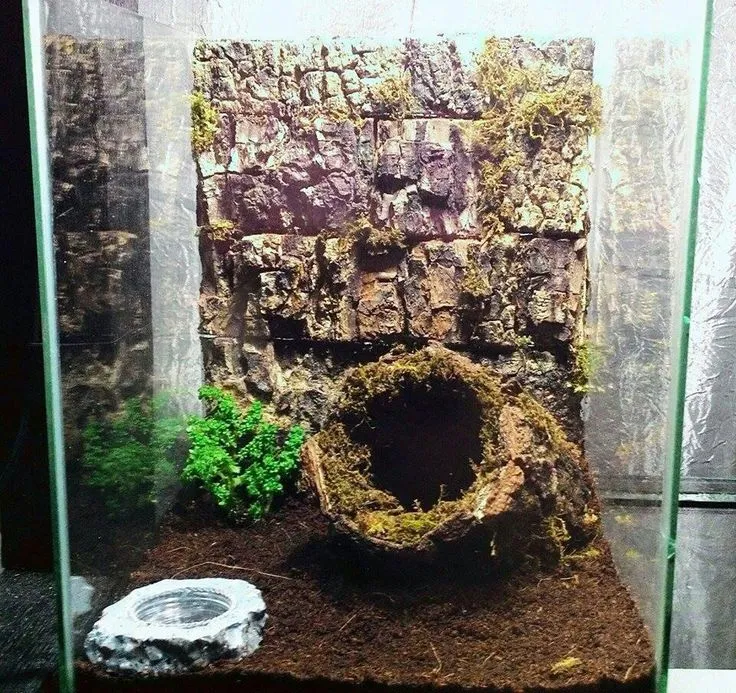Building a tarantula terrarium is an exciting endeavor for any arachnid enthusiast. A well-constructed terrarium provides a safe, comfortable, and enriching environment for your tarantula to thrive. This comprehensive guide will walk you through each step, ensuring you have all the information needed to create the perfect habitat for your eight-legged friend. From selecting the right size and materials to providing the proper substrate, decor, and maintenance, you’ll learn everything necessary to build a thriving tarantula terrarium. Get ready to embark on a journey of creating a beautiful and functional home for your fascinating pet.
Choosing the Right Tarantula Terrarium
The foundation of a great tarantula habitat starts with selecting the right terrarium. Consider the size, material, and ventilation when making your choice. The right terrarium provides adequate space, promotes proper air circulation, and allows you to observe your tarantula comfortably and safely. A well-chosen terrarium will not only house your tarantula but also contribute to its overall well-being and your enjoyment of this unique pet. Proper planning at this stage will prevent issues down the line, ensuring a successful and long-lasting tarantula-keeping experience.
Terrarium Size Guide
The size of the terrarium is crucial for your tarantula’s comfort and health. A terrarium that’s too small can restrict movement and lead to stress, while a terrarium that’s too large might make it difficult for the tarantula to find food. As a general guideline, a terrestrial tarantula (living on the ground) typically needs a terrarium that is at least twice its leg span in length and width. Arboreal tarantulas (living in trees) require more height than ground space. Always consider the adult size of your specific tarantula species when choosing a terrarium, as a young tarantula will quickly outgrow its initial home. This careful consideration sets the stage for a happy, well-adjusted tarantula.
Glass vs. Acrylic Terrariums
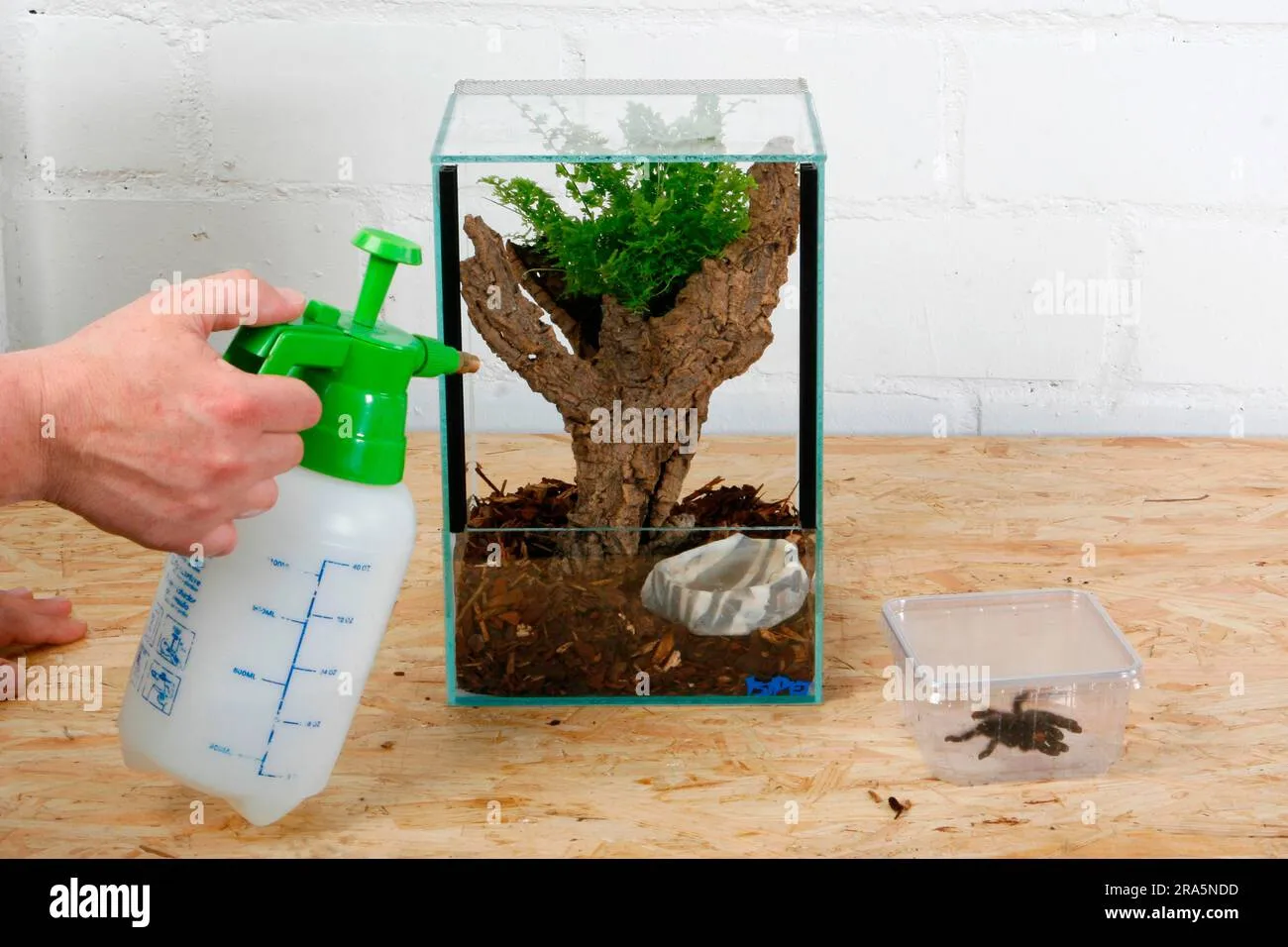
Both glass and acrylic terrariums have their advantages and disadvantages. Glass terrariums are often more affordable and scratch-resistant, offering a clear view of your tarantula. However, they can be heavier and may not insulate heat as effectively. Acrylic terrariums are lighter, providing better insulation and clarity, and are less prone to shattering. Acrylic can scratch more easily, though. Consider factors like budget, ease of handling, and aesthetic preferences when deciding between glass and acrylic. Both options can work, but understand the differences to make the best choice for your needs and your tarantula’s well-being.
Ventilation Considerations
Proper ventilation is vital for tarantula health. It prevents the buildup of harmful gases and mold, while also regulating humidity levels. Terrariums should have vents located on the top and sides to allow for adequate airflow. Avoid terrariums with only top ventilation, as this can cause humidity to escape too quickly. Ensure the ventilation is fine enough to prevent prey insects from escaping. Carefully monitor the humidity and make adjustments as needed to provide a healthy and stable environment for your tarantula to thrive. Ventilation is frequently overlooked, but it’s absolutely crucial for the health and longevity of your pet.
Setting Up Your Tarantula Terrarium
Once you’ve chosen your terrarium, it’s time to set it up. This includes selecting the appropriate substrate, decorating the enclosure, and ensuring proper water and humidity levels. A well-set-up terrarium replicates your tarantula’s natural habitat, promoting its well-being and encouraging natural behaviors. The setup process is a crucial step in creating a comfortable and stimulating environment for your tarantula, one that minimizes stress and provides opportunities for natural behaviors like burrowing or climbing. It is important to research the specific needs of your tarantula species as you proceed.
Substrate Selection
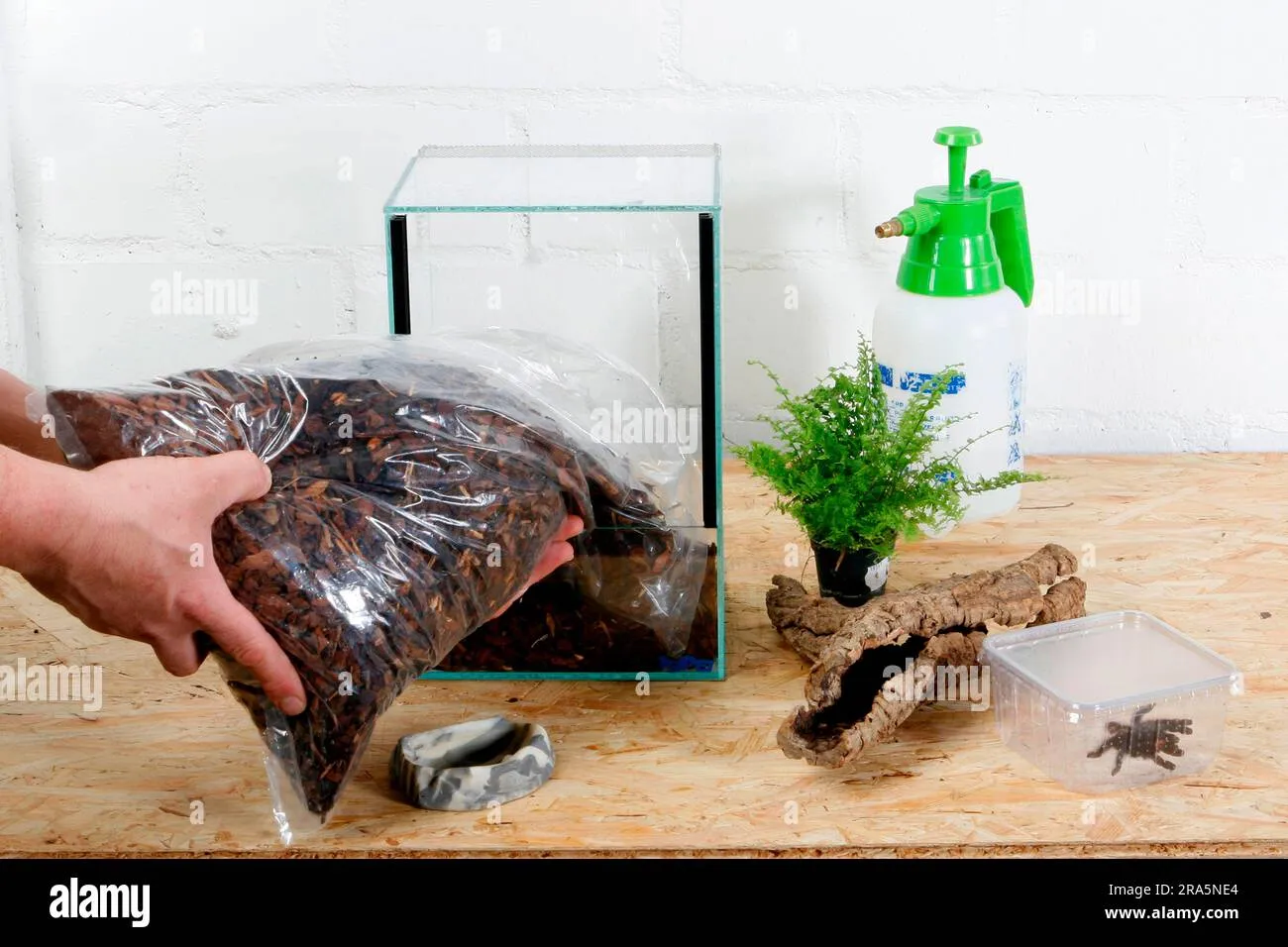
The substrate is the bedding material that lines the bottom of the terrarium. It serves multiple purposes including absorbing waste, holding moisture, and providing a surface for your tarantula to move and burrow. Choose a substrate appropriate for your tarantula species’ needs. For example, terrestrial species often benefit from a substrate that allows them to burrow, while arboreal species may not need as much depth.
Best Substrates
Excellent substrate options include: coco fiber, which holds moisture well and allows for burrowing; peat moss, which is good for humidity; and a mix of these with sphagnum moss to increase moisture. Avoid substrates that are toxic or that can easily mold. Avoid using wood shavings, especially cedar or pine, as they can be harmful to tarantulas. Research the best substrate for your particular species to provide optimal comfort and environmental conditions. A good substrate choice will make all the difference.
Substrate Depth and Maintenance
The depth of the substrate depends on the tarantula species. Terrestrial tarantulas need enough depth to burrow, usually at least as deep as their leg span. Arboreal species may need less. It is important to spot-clean the substrate regularly, removing any visible waste or uneaten food. Replace the substrate entirely every few months, or more often if it becomes overly soiled or moldy. The goal is to maintain a clean, healthy, and functional environment. Careful substrate maintenance will protect your pet.
Decorating the Terrarium
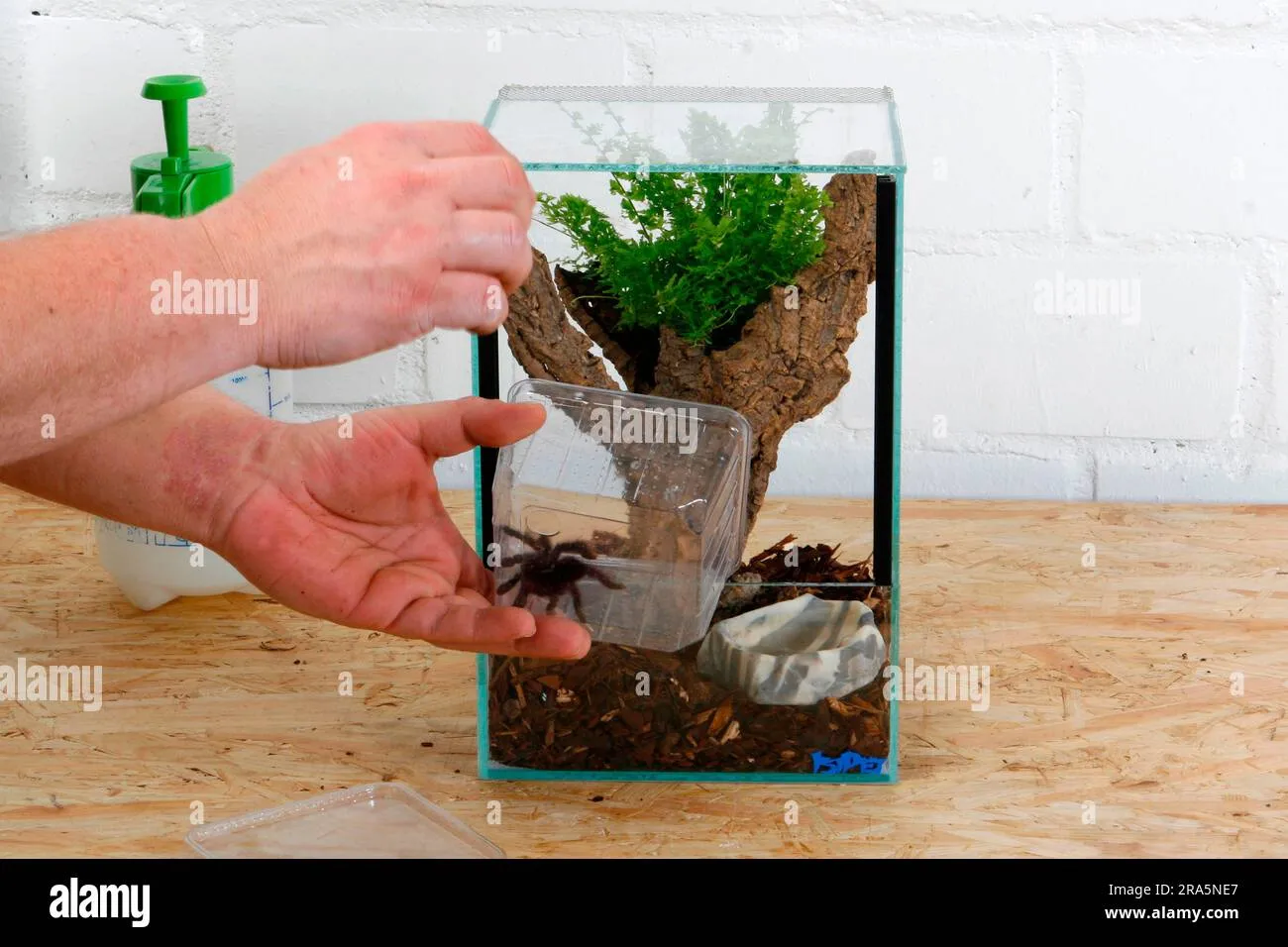
Decorations provide enrichment and shelter for your tarantula. They also make the terrarium more aesthetically pleasing. Choose decorations that are safe, non-toxic, and appropriate for your tarantula species. Arrange the decor to create hiding spots and encourage natural behaviors like climbing or burrowing. Avoid overly complex setups that might make it difficult to observe your tarantula or to clean the terrarium.
Hides and Hiding Places
Tarantulas are naturally reclusive, and they need hiding places where they can feel safe and secure. Provide a hide, such as a piece of cork bark, a half-log, or a commercially available spider hide. Ensure the hide is appropriately sized and that it provides a secure space for your tarantula to retreat. Hides are essential to minimize stress and allow your tarantula to feel safe in its environment.
Live Plants vs. Artificial
Both live and artificial plants can be used to decorate your terrarium. Live plants add a natural touch and can help maintain humidity, but they require more maintenance, including appropriate lighting and watering. Choose non-toxic plants. Artificial plants are easier to maintain and can be thoroughly cleaned. Ensure any artificial decorations are safe and won’t harm your tarantula. The choice depends on personal preference and the specific needs of your tarantula species, as well as the time you are willing to devote to upkeep.
Water and Humidity
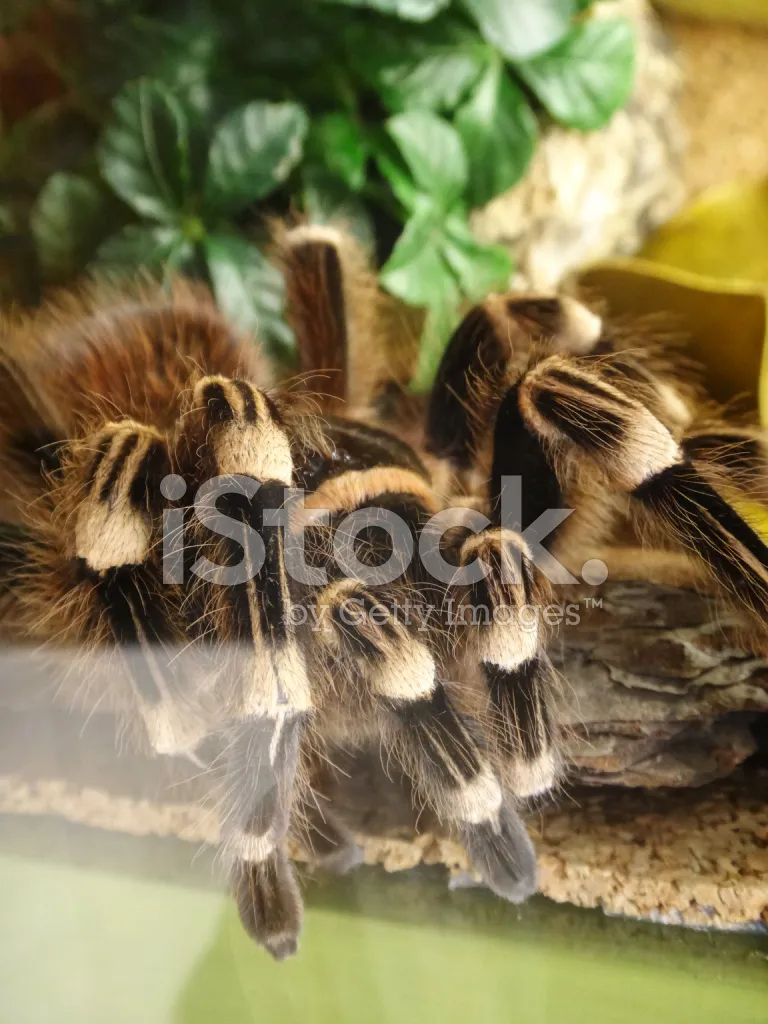
Maintaining the correct water and humidity levels is crucial for your tarantula’s health and well-being. Humidity is important for molting and overall hydration, and the availability of fresh water is essential. The correct level of humidity and a constant supply of fresh water is non-negotiable for the health of your tarantula. Regularly monitor and adjust humidity and water to create the perfect environment.
Water Dish and Refilling
Provide a shallow water dish for your tarantula. The dish should be shallow enough that the tarantula can easily access the water, but not so shallow that it can tip over. Always provide fresh, clean water. Regularly refill the water dish, and clean it to prevent the growth of algae or bacteria. Consider using a water dish made of ceramic or plastic and avoid materials that could be toxic. Ensure your tarantula always has access to clean water.
Humidity Control
The required humidity level varies depending on the tarantula species. Most species thrive at a moderate humidity level. To maintain humidity, mist the terrarium with water using a spray bottle, especially for arboreal species. The amount of misting will depend on the humidity of the environment and the substrate. You can also increase humidity by adding a water dish or a layer of moist substrate. Use a hygrometer to monitor humidity levels and make adjustments as needed to create the ideal conditions for your tarantula. Preventing dehydration is essential.
Feeding Your Tarantula
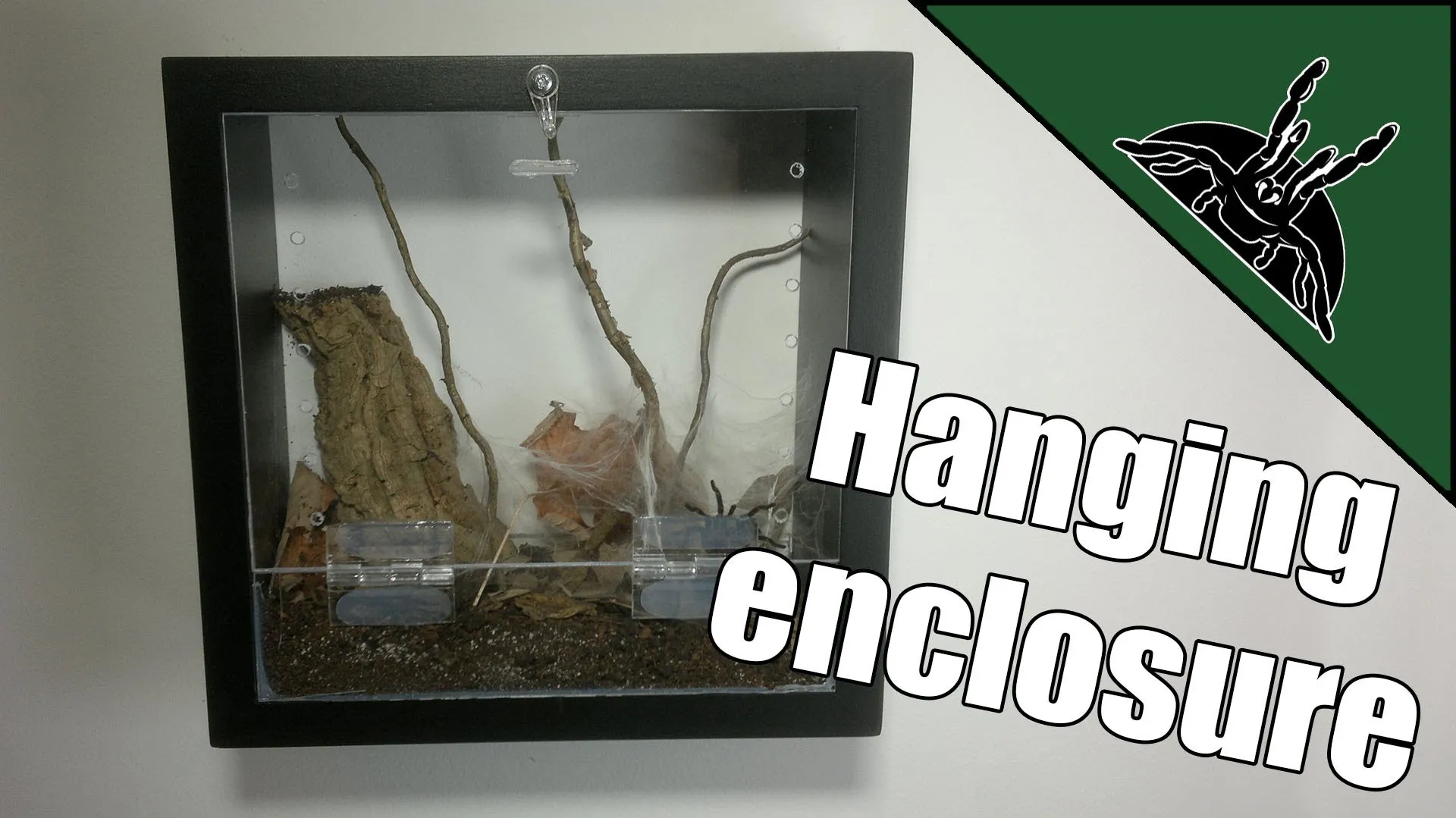
Feeding your tarantula is a simple but essential part of tarantula care. Providing the correct prey and frequency of feeding ensures your tarantula gets the nutrition it needs to grow and thrive. Tarantulas are opportunistic eaters, but proper feeding promotes their health and longevity. Carefully follow guidelines and pay close attention to what your tarantula does and does not consume to tailor feeding schedules.
Prey Selection
The best food for your tarantula is live insects. Crickets, mealworms, and roaches are common choices. The size of the prey should be appropriate for your tarantula’s size; generally, the prey should be no larger than the tarantula’s body length. Always feed your tarantula insects that have been gut-loaded with nutritious food to provide better nutrition. Vary the prey to provide a balanced diet. Avoid feeding wild-caught insects, as they may carry parasites or diseases.
Feeding Frequency
The feeding frequency depends on the tarantula’s age and species. Young tarantulas need to be fed more often than adults. As a general rule, feed young tarantulas two to three times a week, while adults can be fed once a week or even less frequently. Monitor your tarantula’s abdomen; a well-fed tarantula will have a plump abdomen. Remove any uneaten prey within 24 hours to prevent stressing your pet. Adjust the frequency according to your tarantula’s appetite and growth rate. Also, note that tarantulas often refuse food before molting.
Cleaning and Maintenance
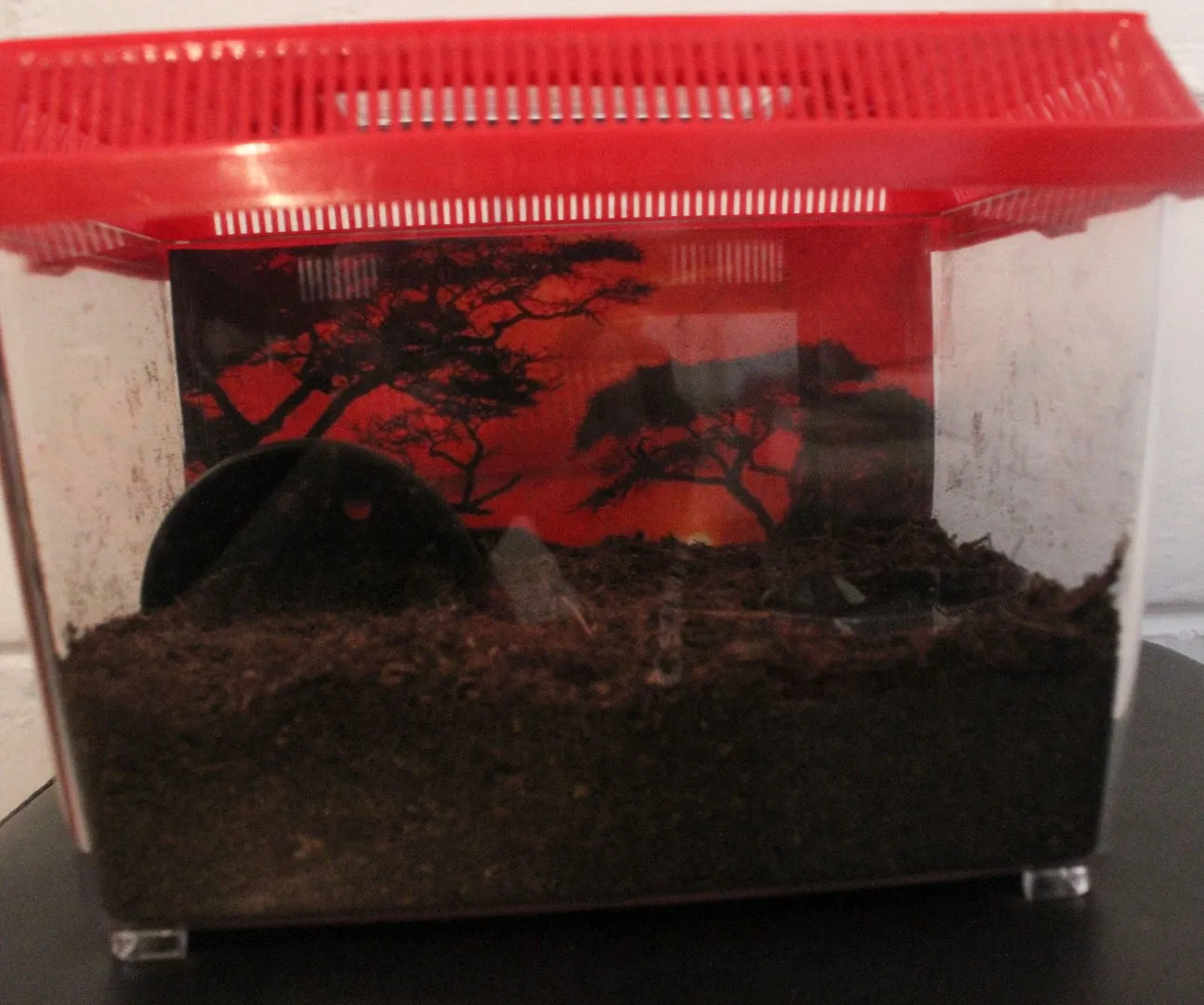
Regular cleaning and maintenance are crucial for maintaining a healthy and hygienic environment for your tarantula. This includes spot cleaning to remove waste and uneaten food and full terrarium cleanouts to prevent the buildup of harmful bacteria and mold. Consistent maintenance will keep the environment safe and healthy.
Spot Cleaning and Waste Removal
Spot cleaning should be done regularly, at least once a week. Use a pair of tongs or tweezers to remove any visible waste, such as uneaten prey or fecal matter. Also, remove any shed exoskeletons, although the tarantula may consume them. Removing waste quickly will minimize odors, prevent bacterial growth, and keep the terrarium clean. Regular spot cleaning promotes a healthy terrarium environment and reduces the need for more extensive cleanings.
Full Terrarium Cleanout
A full terrarium cleanout should be done every few months, or more often if needed. First, carefully move your tarantula to a temporary container. Then, remove all the substrate and decorations. Clean the terrarium thoroughly with warm water and mild soap, rinse it well, and let it dry completely. Replace the old substrate with fresh substrate. After the terrarium is dry and clean, return the decorations and place your tarantula back in its cleaned habitat. A full cleanout maintains the health and safety of the environment and ensures it remains a comfortable home for your tarantula.
Building and maintaining a tarantula terrarium is a rewarding experience that allows you to enjoy the fascinating world of these amazing creatures. By following these step-by-step instructions, you can create a safe, comfortable, and enriching environment where your tarantula can thrive. Remember to research the specific needs of your tarantula species, provide proper care, and observe your tarantula regularly. With dedication and care, you’ll build a beautiful and functional terrarium and enjoy many years of companionship with your eight-legged friend.
